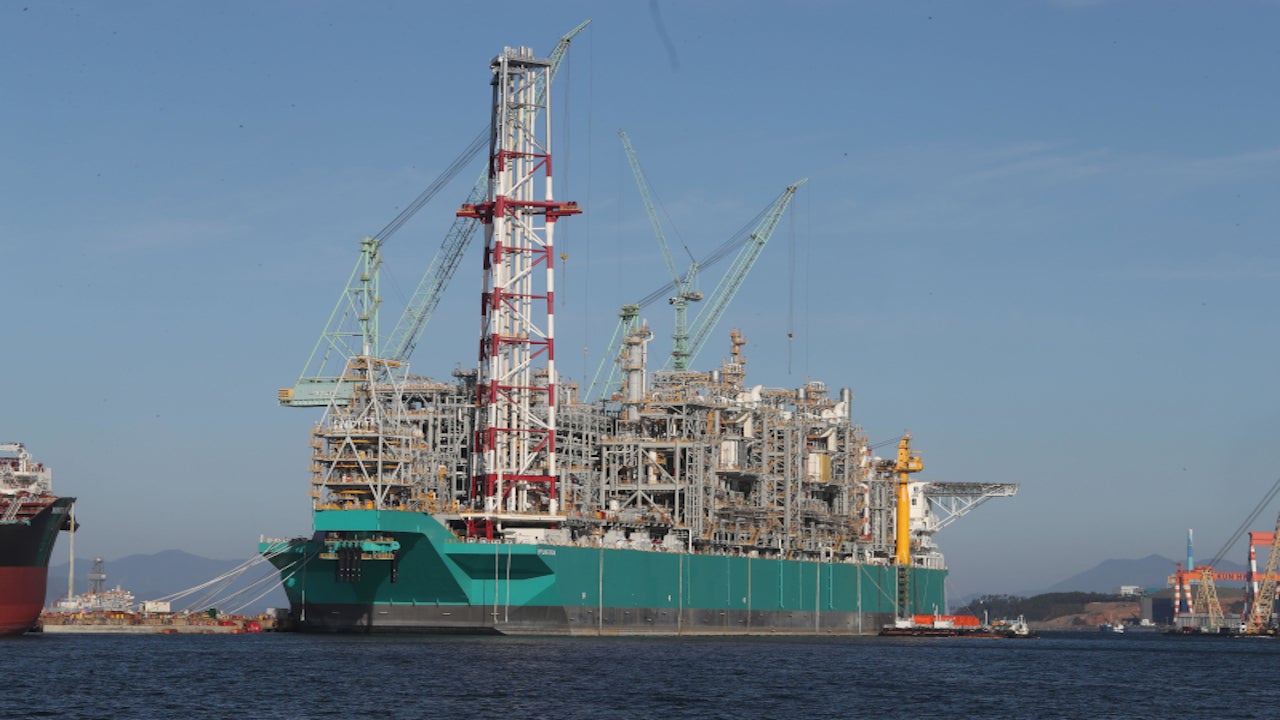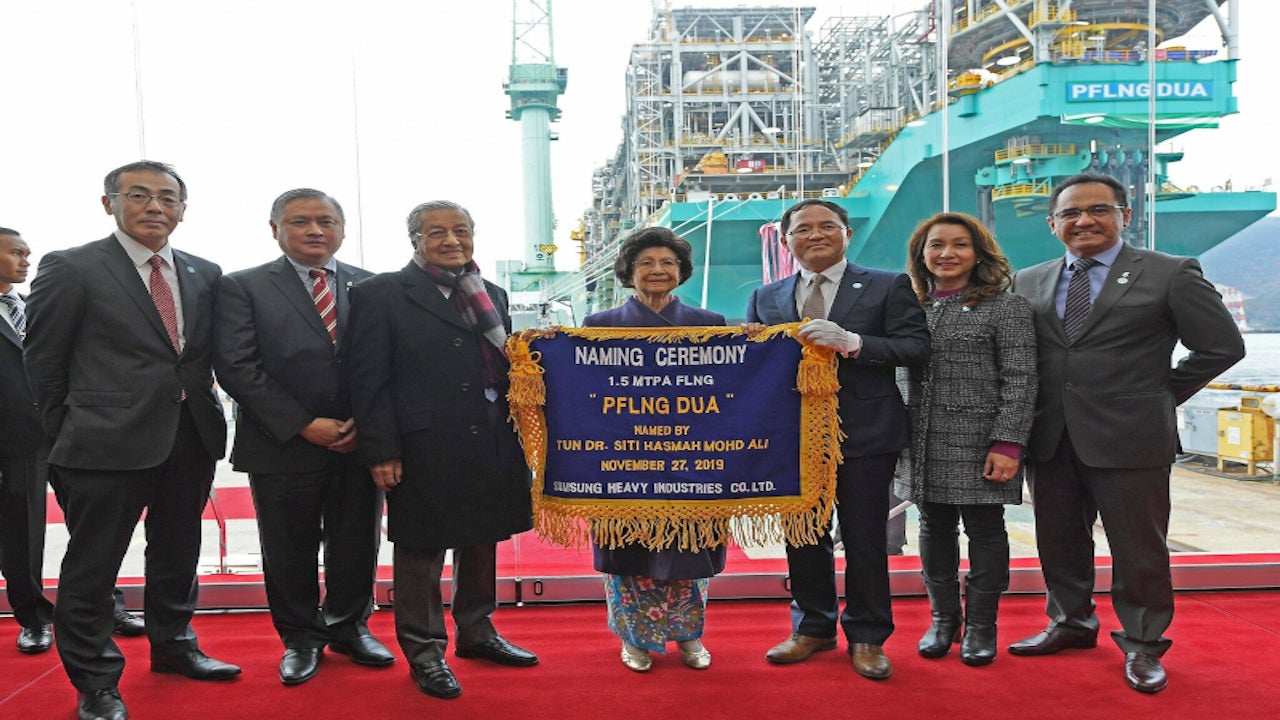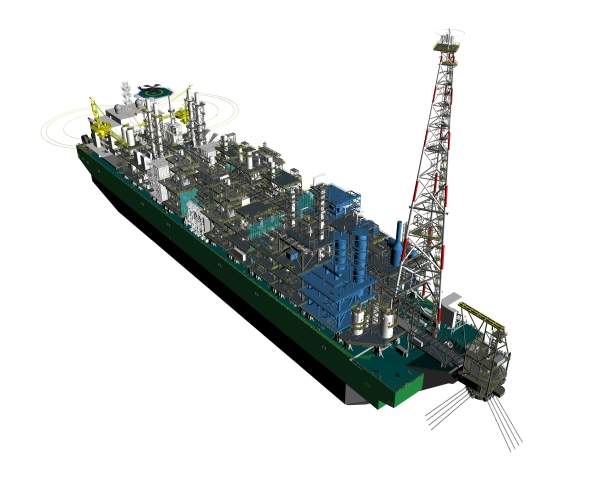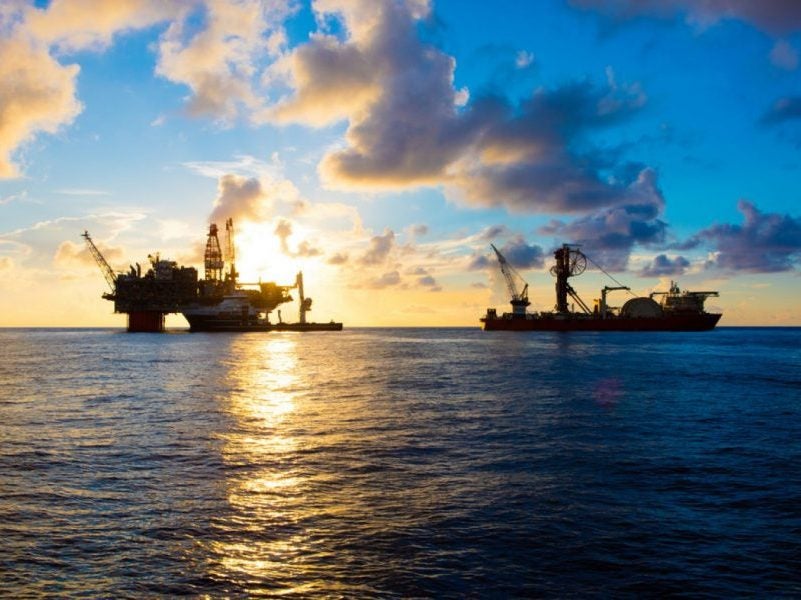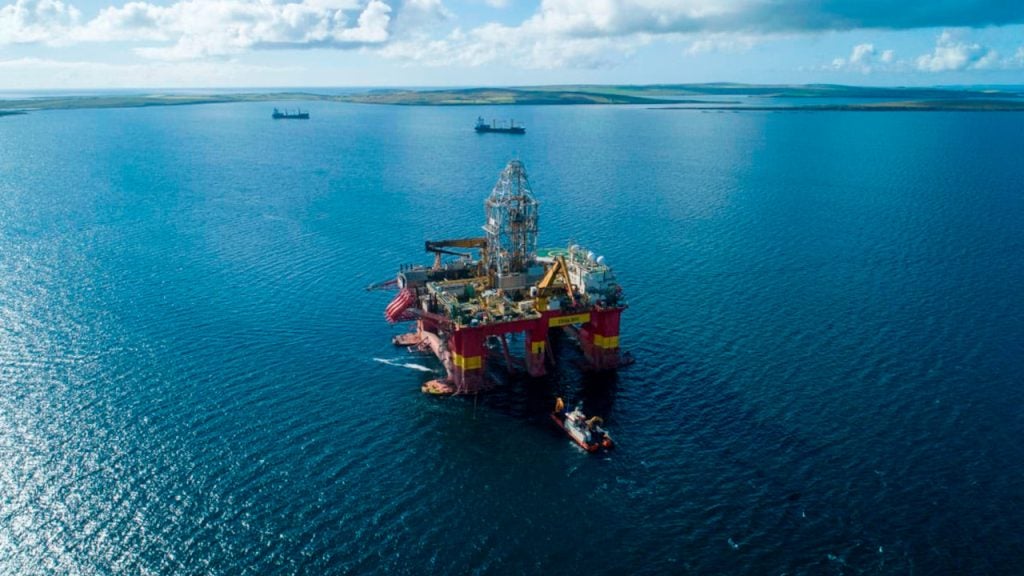Petronas PFLNG DUA project, previously known as Petronas Floating Liquefied Natural Gas-2 (PFLNG-2), involves the installation of a new FLNG facility at the deepwater Rotan gas field, located in Block H within the South China Sea, approximately 140km offshore Kota Kinabalu, in Sabah, Malaysia.
The PFLNG DUA will be moored at the Rotan gas field at a water depth of up to 1,500m to extract natural gas. It is the world’s first FLNG plant to serve a deepwater gas field at more than 1,000m depth.
Murphy Oil operates Block H, holding an 80% working interest, while Petroliam Nasional Berhad, a subsidiary of Petronas, holds the remaining 20%.
Petronas will be the operator of the PFLNG-2 vessel. Its PFLNG-1 (PFLNG SATU) vessel began operations at the Kanowit gas field in May 2017. It was developed as part of the Kumang Cluster Development Phase 1. The vessel was officially named PFLNG DUA in November 2019. The vessel started its journey from Geoje Island, South Korea, to the Rotan gas field in February 2020 and completed its maiden voyage of 1,840nm in March 2020. The first production from the field is expected by the end of 2020.
Rotan field discovery and reserves
Rotan field was discovered by drilling the Rotan No.1 exploration well in January 2007. The well, drilled to a total depth of 7,024ft in 3,773ft of water, encountered substantial natural gas pay in a single zone.
It was the first discovery made within the block after the previous drilling of three exploratory wells proved futile. Murphy has since discovered seven fields within the block, some of which are being developed as part of the current project. As of December 2016, the total gross acreage held by Murphy Oil in Block H was 679,000 acres.
As of December 2016, the Block H gas field was estimated to hold reserves of approximately 349 billion cubic feet.
PFLNG DUA development details
The FLNG vessel can produce 1.5Mt of LNG a year. The non-propelled vessel will be moored using an external turret and will operate for 20 years without dry-docking.
JGC was involved in the engineering and procurement of the LNG facilities, while SHI constructed the hull and the modular facilities at its Geoje shipyard in South Korea.
The front-end engineering design (FEED) study for the project was commenced in 2012. It was performed by two separate parties, the Modec, CB&I Nederland and Toyo Engineering consortium, and the JGC, Samsung Heavy Industries (SHI), JGC (Malaysia) and SHI (Malaysia) consortium.
In January 2014, the latter was awarded the engineering, procurement, construction, installation and commissioning (EPCIC) contract based on the results of the FEED work.
The construction of the PFLNG DUA began in 2015 following the final investment decision (FID) in February 2014.
Fabrication activities in Korea began in May 2015. The keel-laying ceremony for the vessel was held in December 2015. The hull was launched in May 2016 and integration works began in July 2016.The PFLNG DUA vessel has a collective weight of 134,000t and its hull measures 393m long, 64m wide, and 31m high. It will perform the liquefaction, production and offloading processing of natural gas.
Contractors involved
ABS was contracted to perform classification and statutory certification services for the vessel. Air Products supplied its proprietary AP-NTM LNG process technology and associated equipment for the vessel. Other components, including the coil-wound heat exchangers and compressor-expanders, were manufactured at its facilities located in the US. The economiser cold boxes were supplied from its manufacturing plant in Tanjung Langsat, Malaysia.
GE Oil & Gas supplied four PGT25+G4 gas turbine generator systems and two nitrogen trains, incorporating two LM6000-PF+ 2BCL907 aero-derivative gas turbines in a mechanical-drive mode for cooling natural gas from the field to a liquid state.
The engineering and procurement contract for three trains of the proprietary Sep-iSYS Inlet Separation System for the project was awarded to NGLTech, who developed the Sep-iSYS Inlet Separation System in collaboration with Petronas.
Heatric, a subsidiary of Meggitt, was contracted to supply printed circuit heat exchangers (PCHEs), which also include heat exchangers for the liquefaction process.
ABB is responsible for the design, manufacture and installation of the electrical systems at the FLNG platform.

